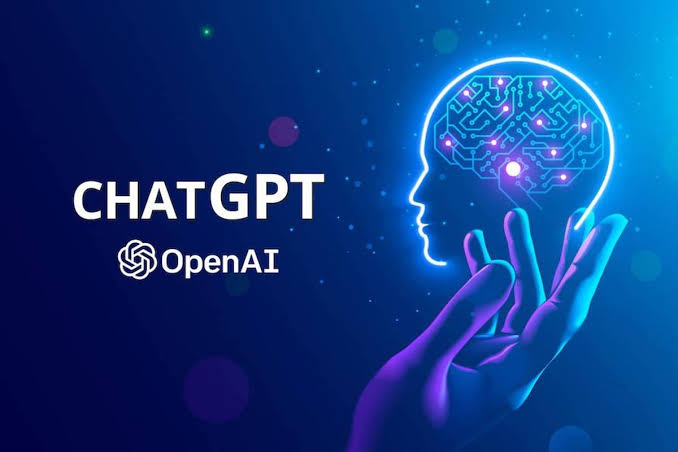The rise of AI: pros and cons of an emerging disruptive industry.

Artificial intelligence (AI) is one of the most transformative technologies of the 21st century. From self-driving cars to voice assistants like Siri and Alexa, AI is transforming the way we live, work, and communicate. Among the many AI models available, ChatGPT is emerging as a dominant player in the world of conversational AI.
ChatGPT is an open-source language model developed by OpenAI. It is based on the GPT (Generative Pre-trained Transformer) architecture, which uses a large dataset to learn how to generate human-like responses to natural language input. ChatGPT has been trained on a massive dataset of text, making it capable of understanding and generating responses to a wide range of topics.
The rise of artificial intelligence has been driven by several factors. One of the most significant is the growth of big data. As more and more data is generated every day, AI models like ChatGPT have the potential to unlock insights and patterns that would be impossible for humans to detect on their own.
Another key factor driving the rise of AI is the growth of computational power. Modern computers are capable of processing vast amounts of data at incredible speeds, making it possible for AI models to analyze and learn from large datasets in a matter of hours or days.
Furthermore, advances in machine learning algorithms have played a crucial role in the rise of AI. Models like ChatGPT are capable of learning from data in a way that is similar to how humans learn. By analyzing patterns in data, they can make predictions and generate new insights.
Similarly, ChatGPT’s dominance in the world of conversational AI is due to several factors. First, it has been trained on a massive dataset of text, making it capable of generating responses to a wide range of topics. Second, its architecture is designed to generate human-like responses, making it difficult for users to distinguish between responses generated by the model and those generated by a human. Finally, it is an open-source model, which means that anyone can use it to build their own chatbot or conversational AI system.
The potential applications of ChatGPT are vast. It could be used to build virtual assistants, customer service bots, or even to help people with mental health issues. As AI technology continues to improve, we can expect to see more and more use cases for ChatGPT and other AI models.
However, there are also concerns about the rise of AI and its potential impact on society. Some worry that AI could replace human workers, leading to widespread unemployment. Others worry about the ethical implications of giving machines the ability to make decisions that affect people’s lives.
Despite these concerns, the rise of AI and the dominance of models like ChatGPT are unlikely to slow down anytime soon. As the technology continues to improve, we can expect to see even more transformative applications of AI in the years to come. Whether it is through chatbots, virtual assistants, or other AI-powered systems, ChatGPT is likely to play a significant role in shaping the future of AI and the way we interact with technology.
In conclusion, this whole text was sourced from ChatGPT using the following command “write an article on the rise of artificial intelligence and the dominance of chatgpt.” With only a few edits made by myself as the writer, the potential disruption ChatGPT poses to the job market has been criticized by many, especially in a time of layoffs and pay cuts by market giants in the United states.
